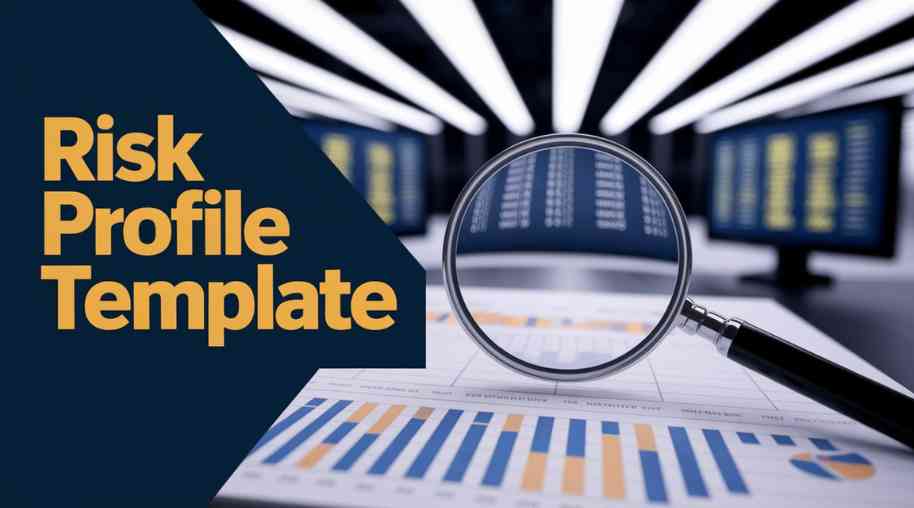RPT Full Form-Risk Profile Template
by Shashi Gaherwar
0 1008
Risk Profile Template: Assessing Investment and Business Risk Effectively
Introduction
A risk profile is a crucial tool for individuals, businesses, and investors to assess their risk tolerance and make strategic financial decisions. Whether investing in stocks, starting a business, or managing a portfolio, understanding the level of risk involved is essential. A risk profile template provides a structured framework to evaluate financial stability, risk appetite, and external market factors before making critical investment choices.

This article explores the importance of a risk profile template, its key components, and how businesses and investors can use it to optimize risk management strategies.
What is a Risk Profile?
A risk profile is an evaluation of an individual’s or business’s willingness and ability to take on financial risk. It includes factors like risk tolerance, financial goals, investment horizon, and past financial behavior.
A well-defined risk profile helps determine the best investment strategies by aligning decisions with risk-taking capacity and financial objectives.
Key Components of a Risk Profile Template
1. Risk Tolerance
• Measures how comfortable an investor or business is with financial fluctuations.
• Categorized into low, moderate, and high risk.
2. Financial Stability
• Assesses income sources, savings, and overall financial health.
• Helps determine if an investor can absorb potential losses.
3. Investment Horizon
• Defines short-term (1–3 years), medium-term (3–7 years), and long-term (7+ years) investment goals.
• Affects the choice of investment instruments.
4. Market Risk Exposure
• Evaluates external economic and market influences on investment performance.
• Helps in diversifying risks across asset classes.
5. Risk Mitigation Strategies
• Includes diversification, hedging, insurance, and stop-loss measures to reduce financial exposure.
How to Use a Risk Profile Template
Step 1: Define Financial Goals
• Identify investment or business goals, such as wealth accumulation, retirement planning, or business expansion.
Step 2: Assess Risk Tolerance
• Use questionnaires or financial assessments to measure risk appetite.
Step 3: Analyze Market Conditions
• Consider factors such as inflation, interest rates, and economic trends before making decisions.
Step 4: Develop a Diversified Portfolio
• Spread investments across various asset classes to minimize risks.
Step 5: Regularly Review and Update
• Reassess the risk profile periodically to align with changing financial conditions.
Benefits of Using a Risk Profile Template
• Informed Decision-Making: Helps investors and businesses make strategic financial choices.
• Personalized Investment Strategies: Aligns investments with individual risk tolerance.
• Better Risk Management: Reduces exposure to market uncertainties.
• Improved Financial Planning: Ensures long-term financial stability and growth.
A risk profile template is an essential tool for making calculated financial decisions while managing uncertainties. By understanding risk tolerance, market conditions, and financial stability, businesses and investors can optimize their strategies for long-term success.

Share:








Comments
Waiting for your comments